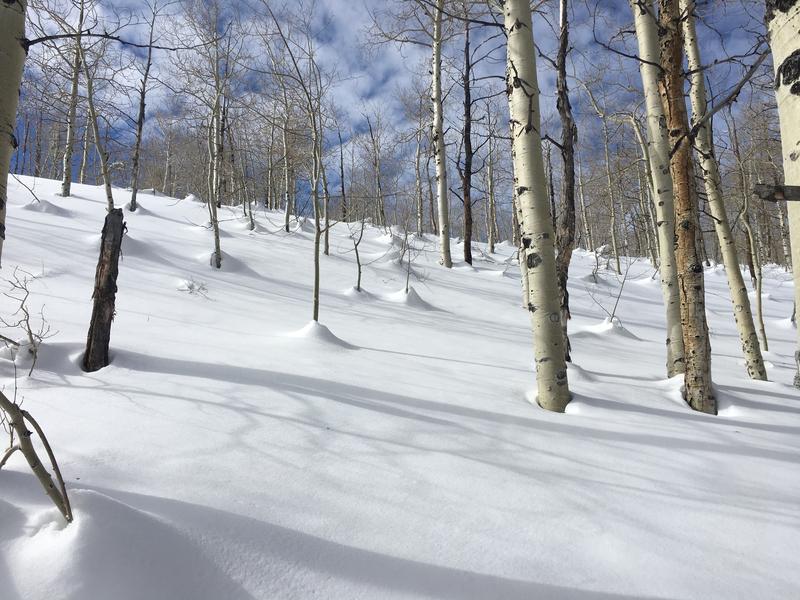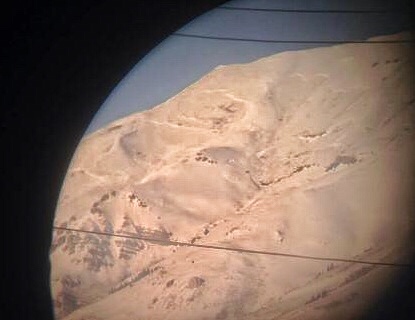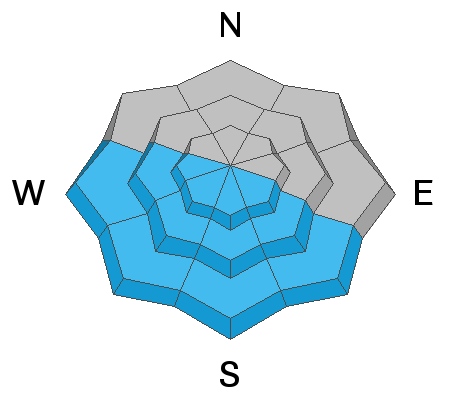Forecast for the Provo Area Mountains

Issued by Mark Staples on
Wednesday morning, January 30, 2019
Wednesday morning, January 30, 2019
The avalanche danger is MODERATE for triggering a large, deep avalanche in isolated places at the mid & upper elevation west through southeast facing terrain. It's the classic low-probability of triggering a high-consequence avalanche. The danger is also MODERATE for triggering wind drifts at all upper elevations.

Low
Moderate
Considerable
High
Extreme
Learn how to read the forecast here











